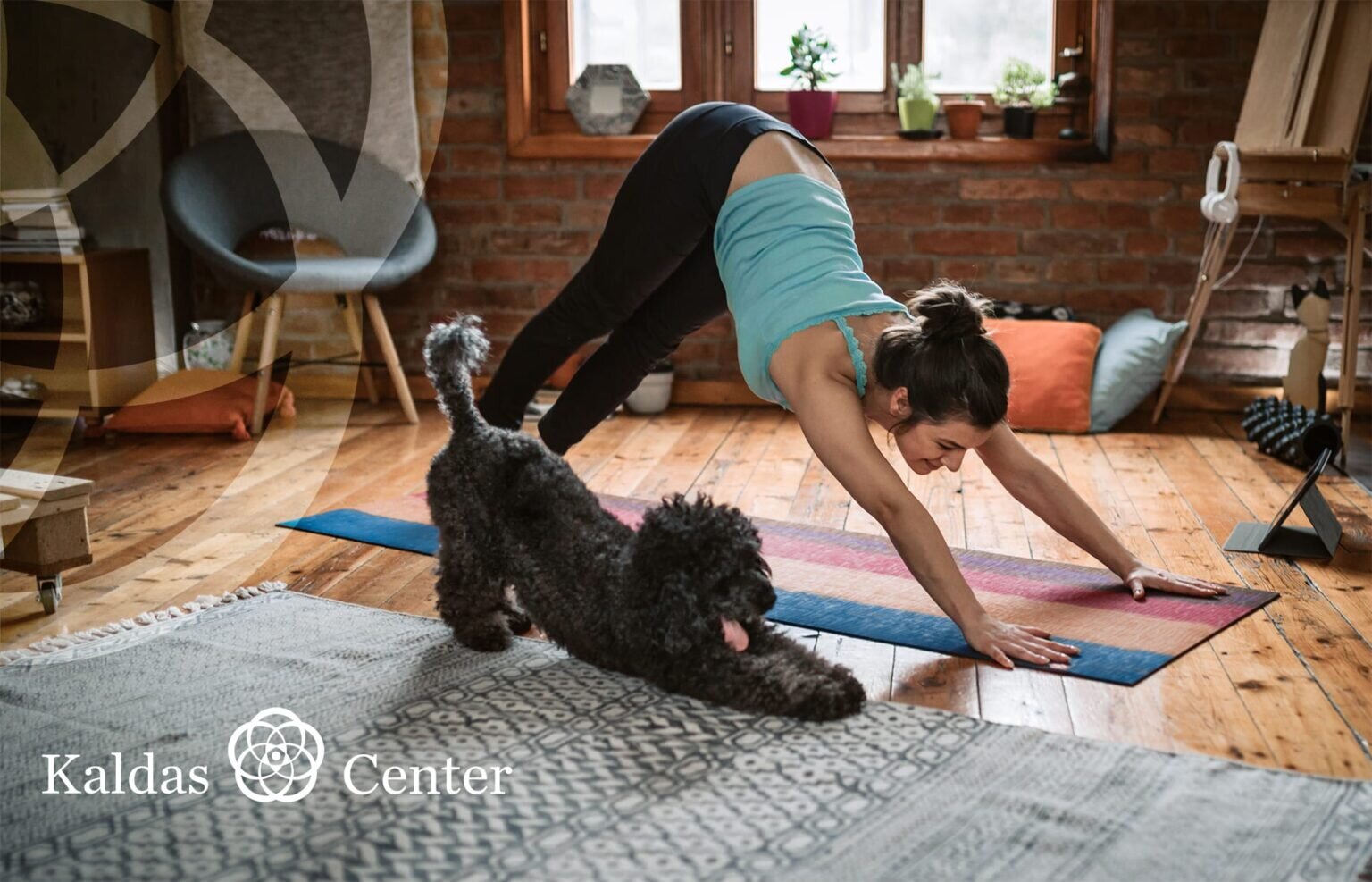Endometriosis and Exercise: Your Questions Answered
Endometriosis is a common condition that many women suffer from but don't realize they have. Endometriosis results when cells that usually grow inside of the uterus grow outside of it. That unusual cell growth happens because the immune system fails to get rid of endometrial tissue. Everyone experiences endometriosis differently. But many women dealing with it experience an indescribable amount of pain. The kind that makes it feel like their insides are on fire. To date, research and studies have found many different ways to manage that pain. Exercise just happens to be one of those methods.
Adding exercise to your routine has been shown to lessen endometriosis symptoms like heavy periods. It also relieves pain caused by the condition, like extreme menstrual cramps or cramping in the pelvic area, lower back, buttocks, and legs.
If you're reading this and you're impacted by endometriosis or extreme cramping and heavy periods, you may be thinking, “There's no way I can work out every day.” Endometriosis pain can make it hard to motivate yourself to start an exercise routine and make workouts difficult. Are the potential results worth the effort? Great question and we've taken the time to answer it, along with some of the other most popular questions about endometriosis and exercise. Here's what you should know to achieve the best results.
Does exercise really help endometriosis?
The research says heck yes! The research doesn't actually contain the word “heck.” That was us. The point is, exercise can help endometriosis. There's evidence suggesting that exercise is an effective pain reliever that benefits women with endometriosis. Regular exercise helps manage endometriosis symptoms and helps prevent other major health problems like heart disease, strokes, and some forms of cancer. Regular exercise can also help prevent women from developing the condition in the first place. One study found that women who exercise frequently showed a 76% reduction in the risk of developing endometriosis.
How does exercise help endometriosis?
When you exercise regularly, your body releases endorphins. The endorphins act as a natural pain reliever and slow the pain brought on by endometriosis. Exercise also lowers estrogen, a hormone that often drives endometriosis. Lower estrogen means a decrease in endometriosis-related symptoms and pain. Overall, exercise can help keep hormones balanced, which is extremely important for relieving endometriosis symptoms. Beyond managing symptoms like pelvic cramping, exercise also improves sleep quality and helps increase energy levels.
Remember, everyone experiences endometriosis differently. For some, exercise works as a complementary therapy to medications. For others, exercise and other lifestyle habits may be enough to manage the symptoms on their own. We recommend you work with your doctor to develop a personalized plan that fits your health condition and lifestyle.
When should I exercise, and how often?
When beginning an exercise routine, start slowly (10-15 minute walks a couple of times per week) and gradually increase your activity over time. You may find that very active or high impact exercises increase endometriosis symptoms, so it's best to pace yourself. Just as everyone's endometriosis experience is different, everyone's exercise routine will be too.
Remember, the goal shouldn't be to hit the gym every day for two hours. It's about increasing your activity to provide pain relief. Slow and steady exercises like walking or stretching a couple of times a week are enough to help boost your endorphins and reduce stress hormones and inflammation in the body, improving your overall wellbeing. When choosing your exercise routine, your top priority should be listening to your body and making sure you don't overdo it. Overexerting yourself during exercise may cause more harm than good in the long run. Work within your limits, taking it day by day, to prevent burnout.
What are the best types of exercises to help with endometriosis?
Keep it simple! Remember, you don't need an elaborate or intense exercise regimen. Your main goal should be finding something you enjoy doing that gets you moving.
Start with low-intensity exercises like walking, swimming, biking, or light stretching. Pilates and yoga both have positions that help strengthen the pelvic area muscles. These muscles are affected when women with endometriosis brace for pain. So, strengthening them can help with relief. Some exercises, like crunches, running, burpees, and HIT workouts, can increase endometriosis symptoms like back or pelvic pain. So once again, it's crucial to listen to your body and pick exercises that help you get moving and, ultimately, relieve pain.
Is endometriosis affecting your everyday life? The Kaldas Center is here to help!
Before jumping into an exercise routine, consult with your doctor for an individualized plan. The Kaldas Center is here to support you and help you find solutions for managing or treating your pain. Endometriosis is different for everyone, and it's essential to work with an endometriosis expert to develop a customized care plan. We want to help you make that plan. Call the Kaldas Center at 920-886-2299 to discuss your health and chart a course to wellness and life-changing relief.
We hope to talk with you soon!

